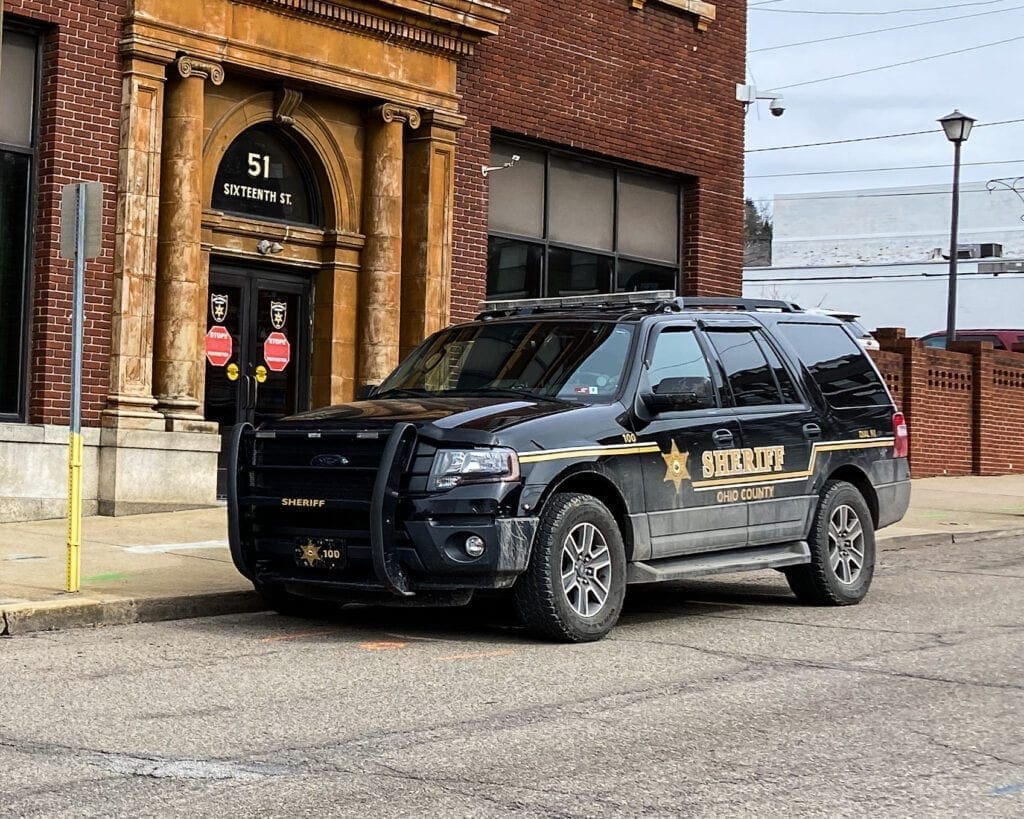The A-B-Cs seemed easier than the 1-2-3s.
“Mathematics is always the bigger struggle, and when you add a pandemic to the mix, it makes it much more difficult,” said Dr. Kim Miller, superintendent of Ohio County Schools. “To make it worse, it’s a struggle to find teachers for the mathematics classes. It seems the teaching profession isn’t as attractive as it once was, and it’s been a real struggle.
“Compared to mathematics, the other topics were far less difficult for our educators,” she said. “Now, everything was a challenge when the kids were not allowed in their classrooms, but most students did fall behind in their math classes for sure.”
The global coronavirus pandemic is nearly two years old, and the negative impact of the mandatory school closures still is being felt despite the fact vaccines have been available since December 2020, and more than 4,800 public-school students in Ohio County have received in-person instruction for nearly 11 months. That’s because teachers and administrators continue to identify pupils still attempting to meet expected standards.
“It’s been about more than academics for our educators since the children have returned to the classrooms, and they have followed the social and emotional well-being of our students and what that looks like right now as we continue to come back after the pandemic forced them on to virtual platforms,” Miller said. “For the most part, things have returned to normal now, but even that is another transition for our kids.
“But the students are well aware Covid is still out there and that the virus can and will continue to disrupt their lives and change the way they have to live these days,” she explained. “That’s because we have to continue to pay attention to the numbers, the infectious rates, and the vaccine percentages so we can be certain we are offering their education in the safest ways possible.”

Lost Lessons
In March 2020, W.Va. Gov. Jim Justice shuttered all schools in the Mountain State, so Miller and her Central Office staff quickly developed a plan for virtual and packet learning as well as a food distribution system. The online platforms evolved as time passed, but Miller discovered that 11 percent of her students did not have broadband access.
The school district set up wifi hotspots at each of the system’s 13 school buildings, and 10 additional locations were established at community locations throughout the county. Despite those efforts, some students failed to interact with their instructors for extended periods of time.
“We know some of our students struggled while working at home, and we know some students did not interact much with their teachers during that time, too,” Miller said. “We know that all kids do not learn the same way, so that is why, now more than ever, our teachers are finding new ways to get that instruction to those kids.
“Our innovative spaces have been great outlets for our kids to learn in different ways,” she continued. “Those spaces are allowing our students to design things in a way they have never encountered before, and that has really engaged them and kept them interested. That’s just one of the many positives that take place in our school system right now, and it’s my job to make sure it stays that way.”
Because it was well-known in education that each student learns differently, Miller, her administrators, and hundreds of educators have paid close attention to each individual child.
“It’s about basically honing on specific skills and specific schools and specific teachers,” Miller said. “That is so we can work collaboratively to make sure we are doing everything possible to help those students. That’s always our goal, but now we have that extra challenge because some students were OK with working remotely while others were not.
“We all know the best way for all of our students to learn is to be in the classroom,” she insisted. “I know some of the students enjoyed working remotely and did just fine, but we believe the majority of the children learn best when they are in school and not sitting at home.”

No Call, No Show
Far too often, administrators and instructors with Ohio County Schools were forced to call the sheriff’s office to request a welfare check for a child who had not interacted with their teacher online, via telephone, or by turning in their packet assignments.
Deputies would respond and in most cases, resolve the issue with their parents or guardians, but the lost instruction was apparent upon their respective return to the classroom.
“Those situations made it tough on our teachers and principals; that’s for sure, but they handled it the best they could with the child in mind,” Miller said. “In some cases, the son or daughter was telling their parents they were all caught up when they weren’t, and in other cases, the school fell off the radar completely.”
For those students and all others, Miller maintained there is not just one measuring stick that can be utilized when attempting to gauge the true effect Covid-19 has had on the offered education.
“That’s why we’re working very hard to identify the weaknesses, and we have added additional staff members to work with tiered instruction, and our staff members have done a magnificent job with those tasks,” the superintendent explained. “They have worked rapidly to analyze the data so we can confront those weaknesses quickly, and we have worked very hard to offer additional instruction so our educators can get those students to the level where they should be right now.
“We know how critical the time in the classroom is for our students, and we are looking now at what kind of educational opportunities we can offer during the upcoming summer months so we can continue working with our students to ensure the pandemic has not cost them even a portion of their education,” Miller added. “At the same time, we’re making sure the technology that is utilized by our students and staff members are as updated and possible so there are no issues there.”


